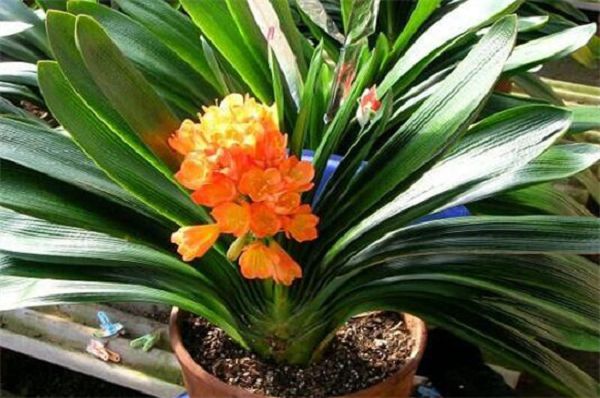The method of rapid rooting of rotten roots of Cymbidium was replanted after root trimming and disinfection.

Many people do not know what is the method of rapid rooting of rotten roots of Cymbidium. In fact, as long as its rotten roots are trimmed, then disinfected, and the potted soil is exposed to the sun, the orchids can take root quickly by replanting them in loose soil. Usually in the maintenance should be appropriate watering, thin fertilizer frequently, and choose breathable flowerpots and soil, so that the root system of Cymbidium can grow better and avoid rotting roots.
1. The method of rapid rooting after rotting. 1. Pruning the root system
After the rotten roots of Cymbidium are found, the rotten roots should be pruned first. Remove the magnolia from the basin, then remove the soil from the root, rinse it with clean water, and then cut off all the rotten roots with scissors to keep the whole root healthy.
2. Disinfection treatment
The trimmed root system should be soaked in potassium permanganate dilution solution, take it out after 5 to 10 minutes to achieve disinfection effect, and then wash it again with clean water. All the old soil for planting should be poured out, and the loose and fertile new soil should be prepared, and the flowerpots and soil should be exposed to the sun for disinfection.
3. Replant
The most important method of rapid rooting of rotten roots of Cymbidium is to replant the treated roots directly into the soil, the general soil is mainly pine needle soil or plain soil. Soak the soil by watering, then put the flowerpot in the place of astigmatism and control the temperature at about 20-25 ℃, which will soon grow new roots.
Second, how to prevent the rotten roots of Cymbidium 1. Appropriate watering
Watering too much can easily make the basin soil of the magnolia stagnant water, resulting in rotten roots, usually appropriate watering during maintenance, usually watering every 2-3 days in spring and autumn, watering every day in summer to keep the soil moist, pay attention to the need to control the amount of water, do not make it appear stagnant water.
2. Rational fertilization
Excessive fertilization or excessive concentration of fertilizer can easily lead to the accumulation of fertilizer and burning roots of Magnolia, which requires reasonable fertilization and frequent application of thin fertilizer during maintenance. after diluting the thick fertilizer with water during its growth period, an appropriate amount of fertilizer will be applied once a month or so to make it grow healthily.
3. Breathable basin soil
The flowerpot is too small and impermeable so that the root system of Magnolia can not be freely extended to breathe, and the consolidated soil will also make the orchid rot. Choose breathable tile pots and loose soil to let the root system thrive and avoid rotting roots.
Related
- Is the orchid suitable for indoor use? Is it good for the body?
- How to prevent the empty root of orchids?
- What to do after the crab claw orchid is withered?
- Why are the leaves of orchids always yellow? Fertilizing and watering.
- Can the root of the gentleman orchid be saved if it is rotten?
- Diagnosis and treatment of cotton-blowing beetle insects in Cymbidium
- There is a way for a gentleman's orchid to rot.
- What is the most suitable temperature and humidity for the orchid?
- How to raise a gentleman's orchid? Cultivation techniques of Cymbidium
- How to prepare the nutritive soil for the cultivation of Cymbidium



